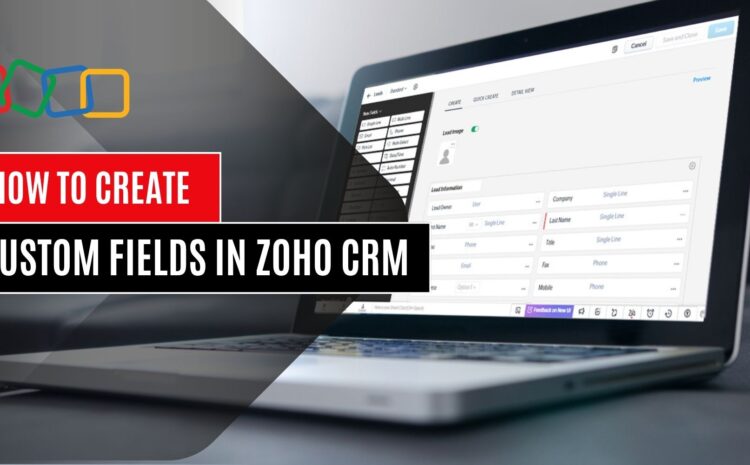Welcome to the blog, everyone! We’re excited to have you here, and we hope you’ll enjoy yourself enough to come on back and give us a read again in the future. We strive to bring you relevant information that not only helps you time manage or get organized, but we also create content that educates (like this post here). Be sure you take a second and check out some of the other stuff we’ve written. You won’t be sorry.
Enough gabbing. Today, we’re giving you ten mistakes to avoid when you migrate to Zoho. Ready? Grab a cup of coffee and a warm blanket, and let’s dive on in!
Migrating to a new platform like Zoho CRM or the broader Zoho suite can be a game changer for your business. From streamlining sales and marketing to automating back-office operations, Zoho has the potential to transform the way your teams work. But a successful migration doesn’t happen automatically—there are pitfalls along the way that can derail progress if you’re not prepared.
Here are the top 10 mistakes to avoid when migrating to Zoho, along with tips to ensure a smooth transition.
1. Skipping a Needs Assessment
Too many businesses jump into migration without first mapping out what they actually need from Zoho. Skipping this step can lead to poor configurations, unused features, and frustrated teams. Start by clearly defining your goals—do you want better reporting, streamlined lead management, or automated workflows?
2. Migrating “Dirty” Data
Bad data in your old system will still be bad data in Zoho. If you don’t clean and standardize before migrating, you’ll carry over duplicates, outdated contacts, and incomplete records. A thorough data cleanup ensures your team starts fresh with accurate information.
3. Ignoring User Roles and Permissions
Zoho is powerful, but without proper role hierarchies and permissions, you risk exposing sensitive information or creating confusion. Take time to map roles carefully so that users see only what they need and workflows stay secure.
4. Underestimating Customization Needs
Every business is unique. If you rely only on Zoho’s out-of-the-box setup, you may struggle to align processes with your operations. Custom fields, layouts, and automation rules are critical for making Zoho fit your business—not the other way around.
5. Failing to Integrate with Other Tools
Zoho works best when it’s not an island. Failing to integrate with email, ERP, payment gateways, or marketing tools means you’ll still deal with silos. Use Zoho Flow and third-party integrations to connect systems and create seamless data sharing.
6. Neglecting Training and Change Management
Even the best CRM fails if your team doesn’t use it effectively. One of the biggest mistakes is skipping proper training. Make sure employees understand not just how to use Zoho, but also why the change is happening. Adoption is key to ROI.
7. Migrating Everything at Once
Trying to move all data, workflows, and processes at once often leads to chaos. A phased approach—starting with core data and processes—gives you time to test, troubleshoot, and adjust before rolling out the full migration.
8. Overlooking Automation Opportunities
Zoho offers robust automation tools, but many companies overlook them during migration. Instead of replicating manual processes in a new system, take the time to design smarter workflows that save time and reduce errors.
9. Forgetting About Mobile Users
Today’s teams are mobile-first, but some migrations don’t prioritize mobile access. If you don’t configure Zoho’s mobile apps and ensure field teams can use them effectively, adoption rates will suffer.
10. Not Planning for Ongoing Maintenance
Migration isn’t a one-time event. Businesses that fail to plan for ongoing updates, data audits, and process adjustments often fall back into inefficiency. Establish a plan for regular maintenance and continuous improvement.
Setting Your Migration Up for Success
Migrating to Zoho is a major step forward, but success depends on avoiding common pitfalls. Clean your data, define your goals, train your users, and take a phased, integrated approach. By planning carefully and leveraging Zoho’s full potential, you’ll ensure a smooth migration that drives long-term value.
Thank you so much for reading! We hope you took something away from this post. We’ll see y’all next time!




